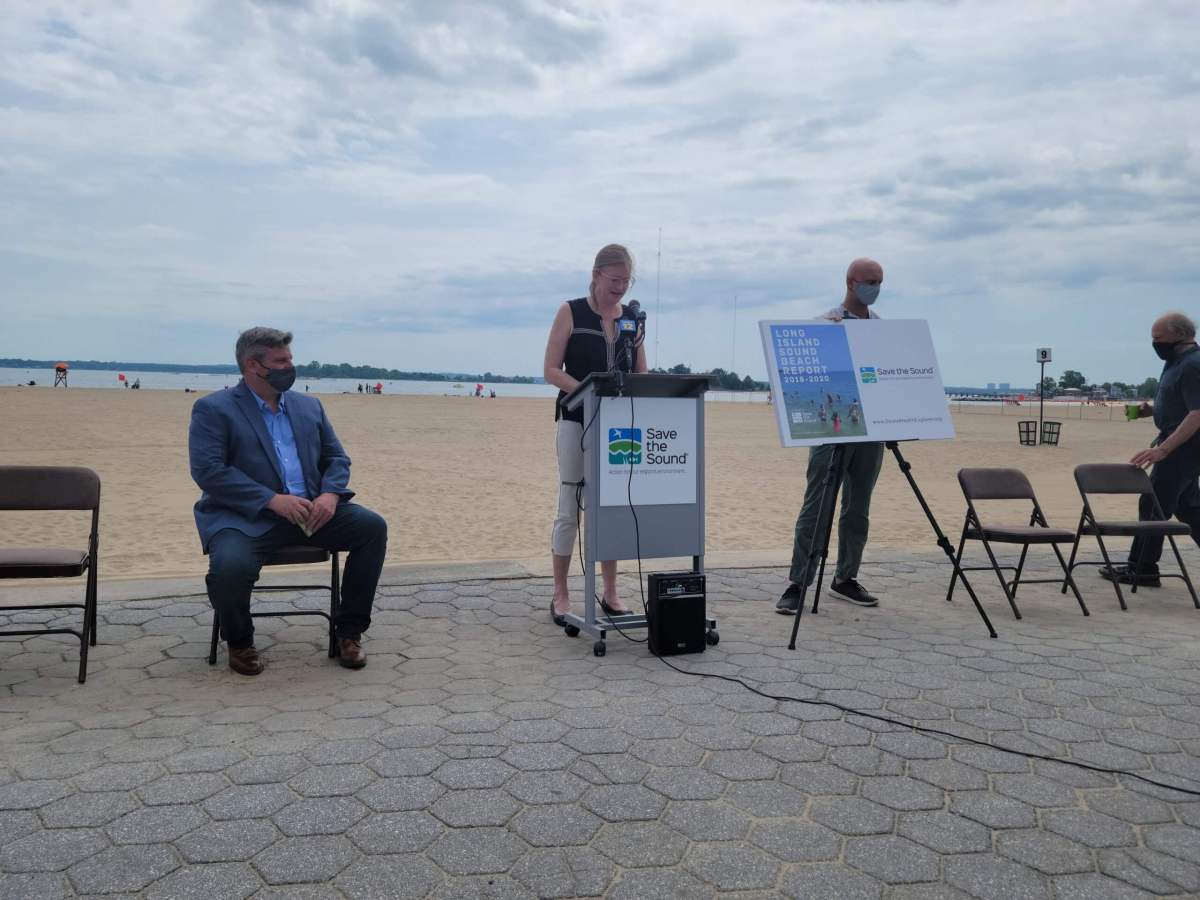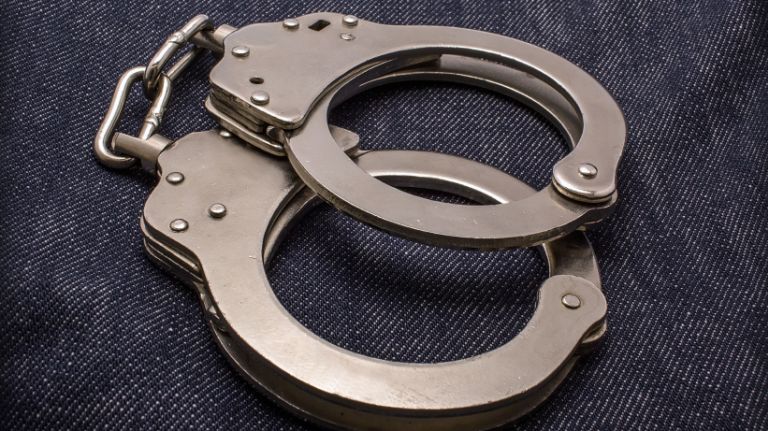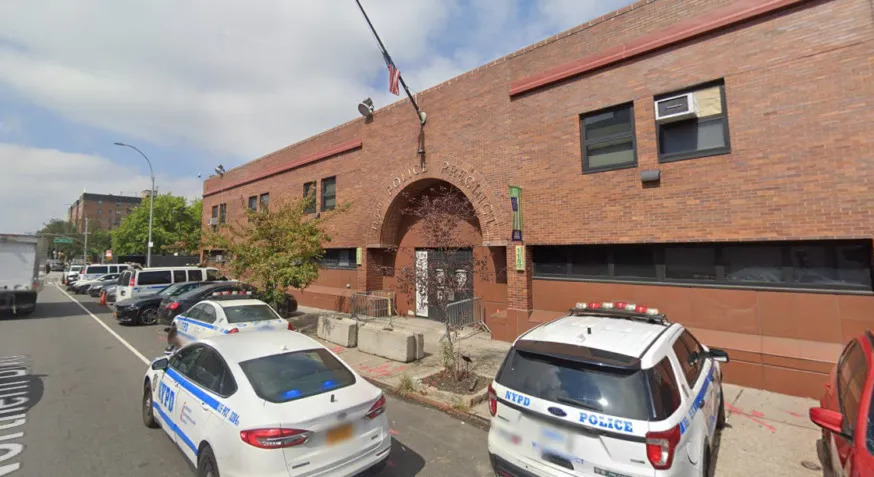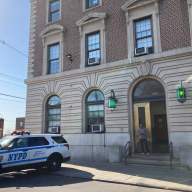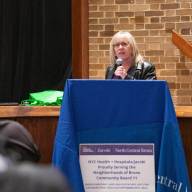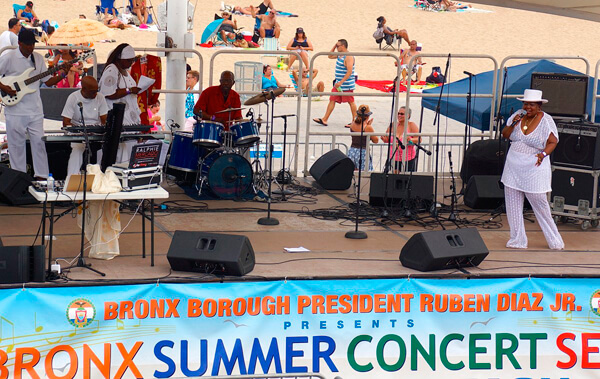Orchard Beach, which will soon be getting a $75 million facelift to renovate the pavilion, was recently dubbed one of the best beaches in New York and Connecticut.
On June 10, nonprofit Save the Sound released its 2021 Long Island Sound Beach Report where it graded more than 200 Long Island Sound beaches on swimming water quality and public access. It unveiled the “Top 10 Beaches” on Long Island Sound in NY and CT and Orchard Beach was ranked as one of the Top 10, earning an “A-” grade.
The report offered good news for swimmers, noting that 79 percent of the more than 200 Long Island Sound beaches highlighted earned “A” or “B” grades for water quality in the 2020 swimming season.
However, the report revealed a decline in water quality at many beaches in the days following rain events, which is troubling given predictions of increasing seasonal wet weather due to climate change. Several regions showed substantially higher percentages of wet weather water quality failures than in previous years. Save the Sound is calling on elected officials to invest additional resources in repairs and improvements to sewer lines and storm water systems, which impact beach water quality after heavy and even moderate rain.
“The great news illustrated in this year’s report is that there are superb swimming beaches across the length and breadth of the Long Island Sound in both NY and CT,” said Tracy Brown, regional director of water protection for Save the Sound. “But the report also demonstrates that there are challenges still to be overcome involving wet weather related pollution at specific beaches, the quality of sewer or septic infrastructure in some beach communities, as well as issues of restricted beach access for the general public.”
Key findings of Save the Sound’s 2021 Long Island Sound Beach Report include:
- Seventy nine percent of Long Island Sound beaches earned an “A” or “B” grade.
- That still leaves 16 percent of Sound beaches with moderate to poor grades ranging from “C” to “D,” indicating that more work needs to be done to improve water quality and avoid beach closures. (The remaining 5 percent of beaches did not monitor enough to record grades or did not report findings to the EPA database.)
- Rain is the primary driver for water pollution at area beaches; overall water quality failure rates doubled when it rained, from 5.5 percent in dry weather to 11.4 percent even 48 hours after wet weather.
- Rain causes water quality failure at Sound beaches for several reasons, including stormwater runoff or sewer line overflow when communities depend on combined stormwater/sewer lines (CSOs) or have aging sewer lines with undetected leaks.
- Climate change will mean more rain for the region; therefore, it is crucial to invest in stormwater and sewage infrastructure to avoid dramatically accelerated beach closures.

